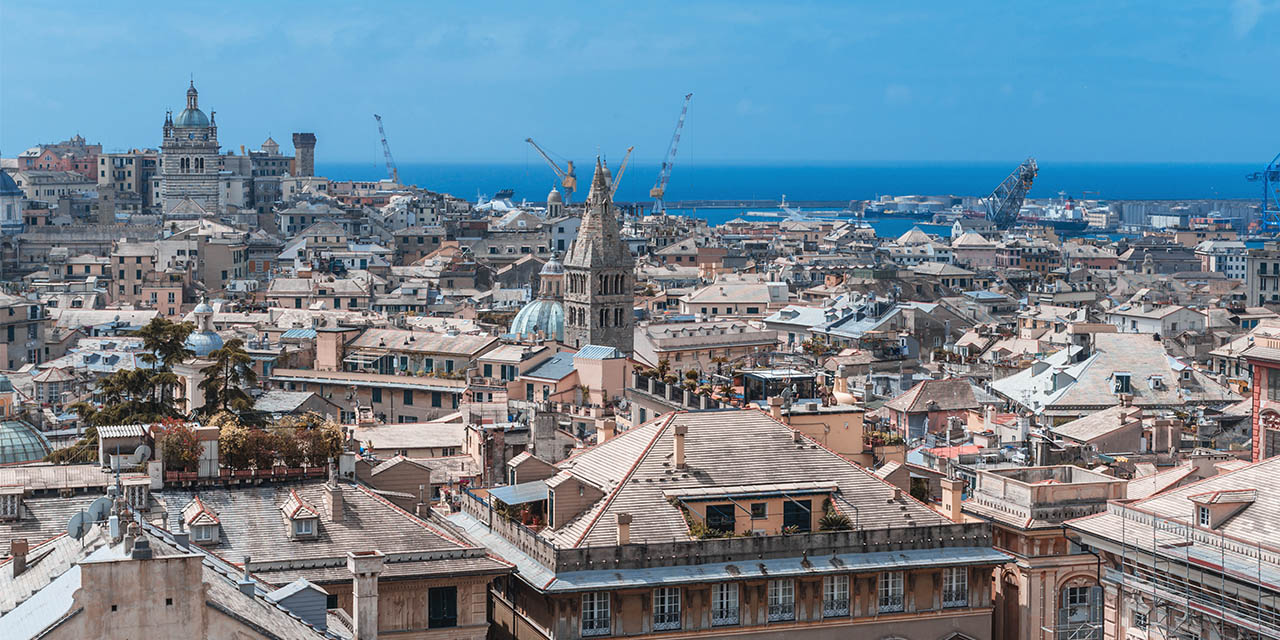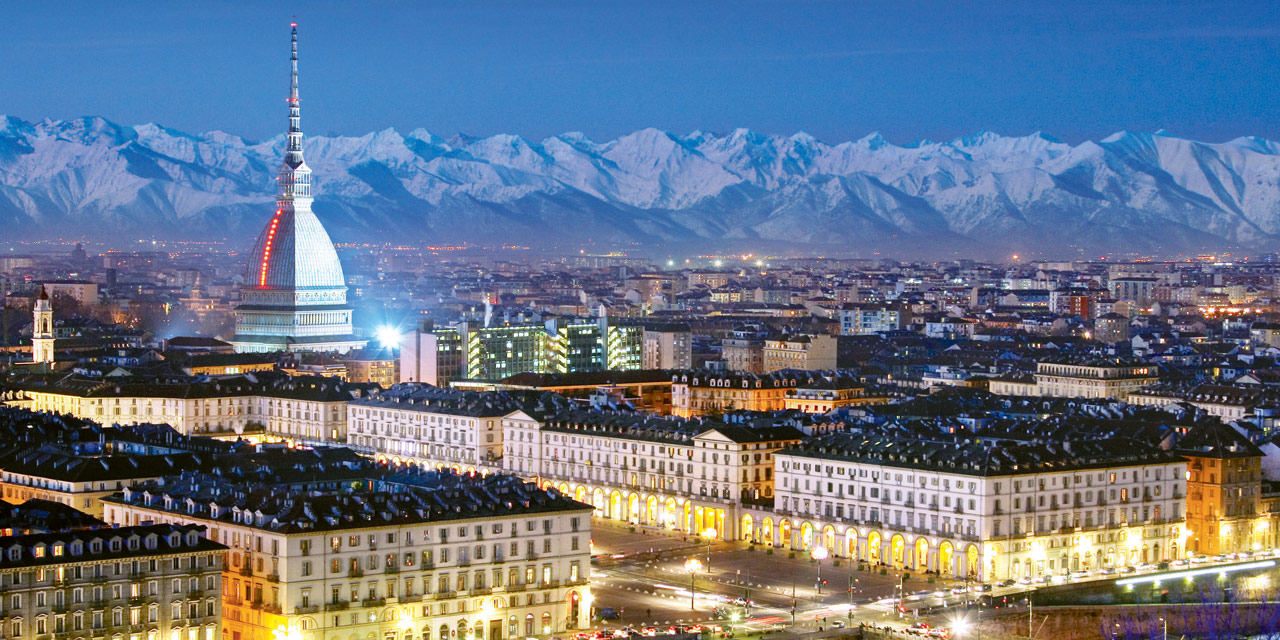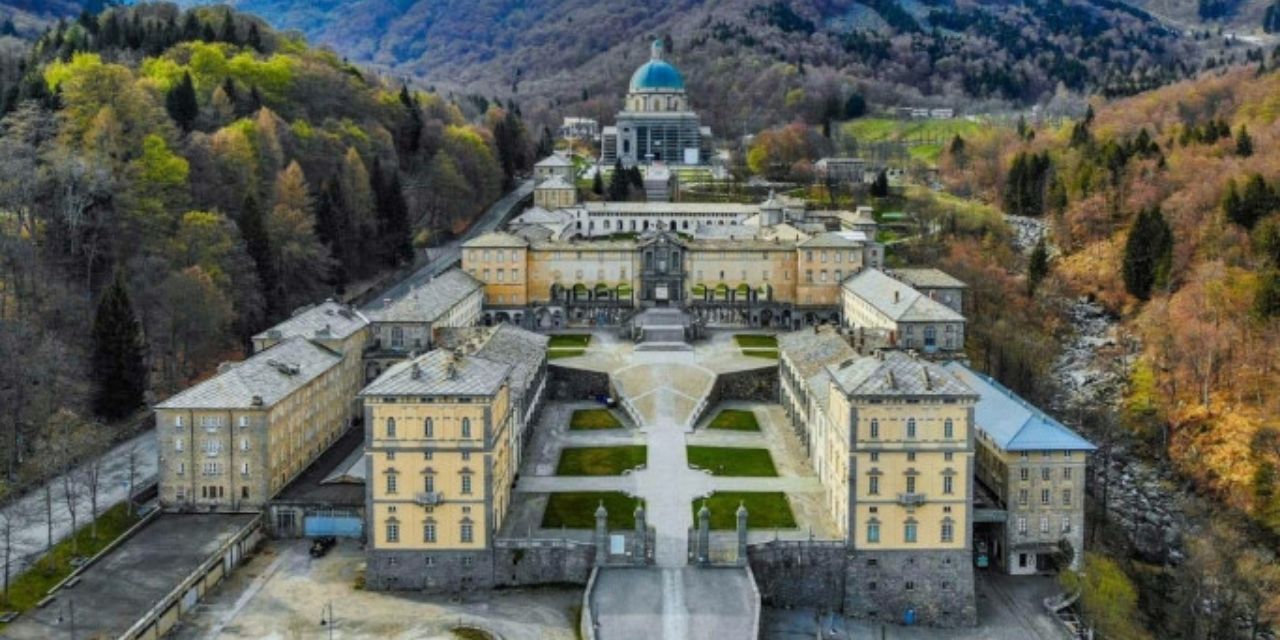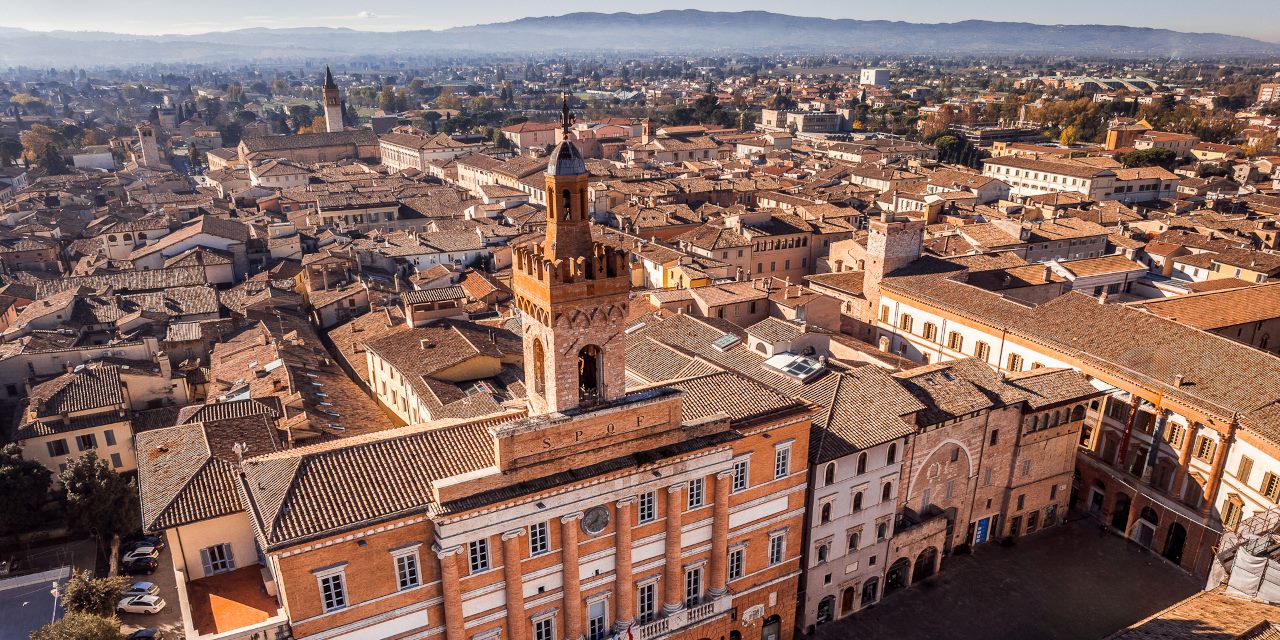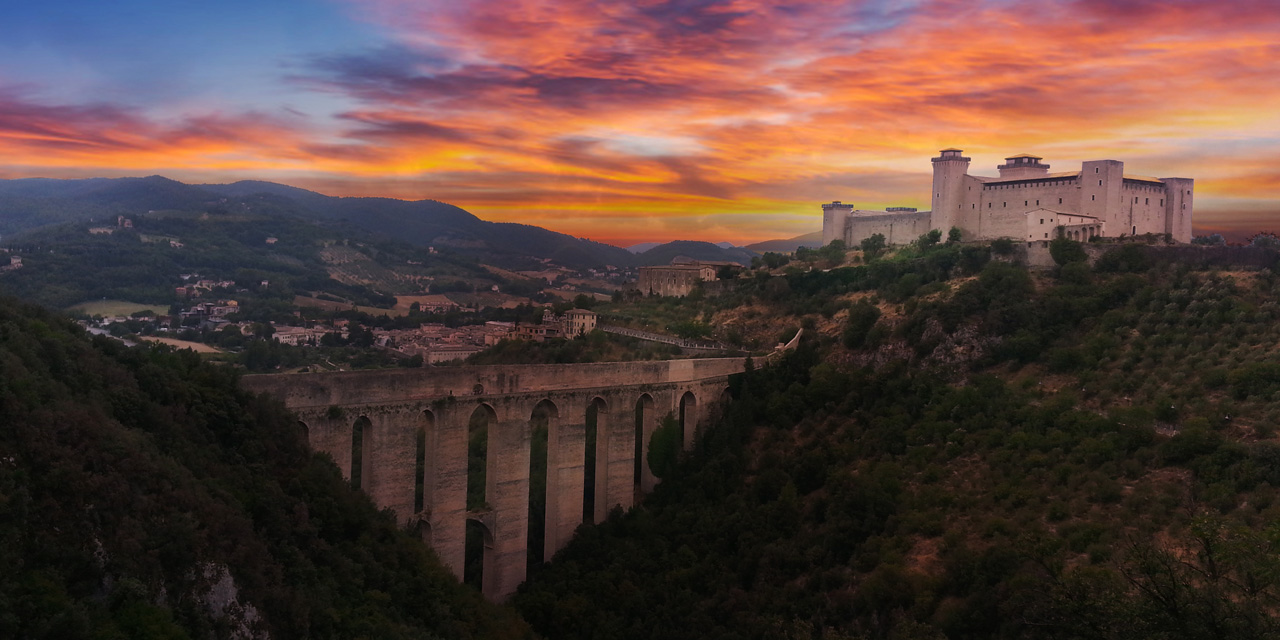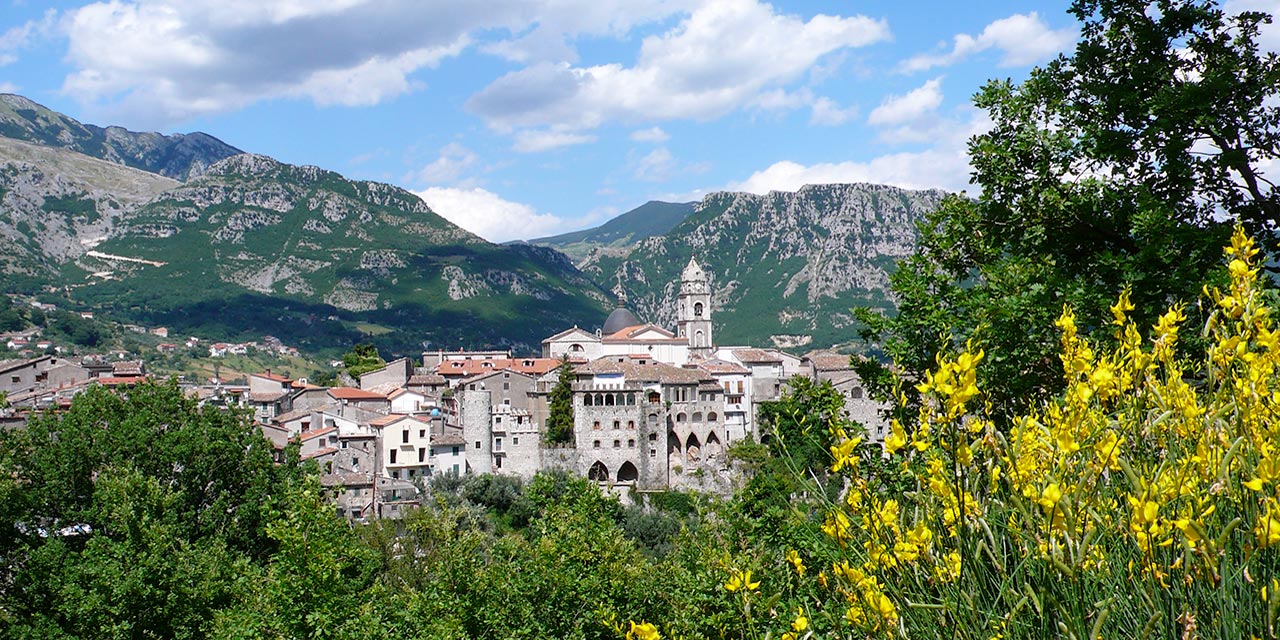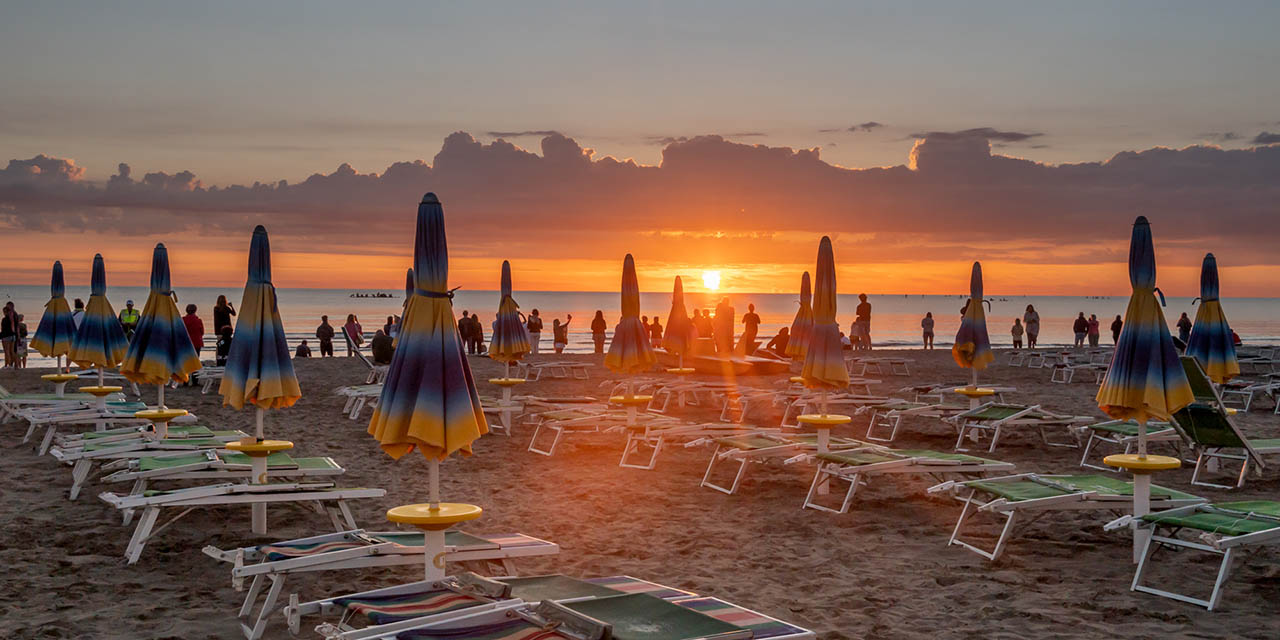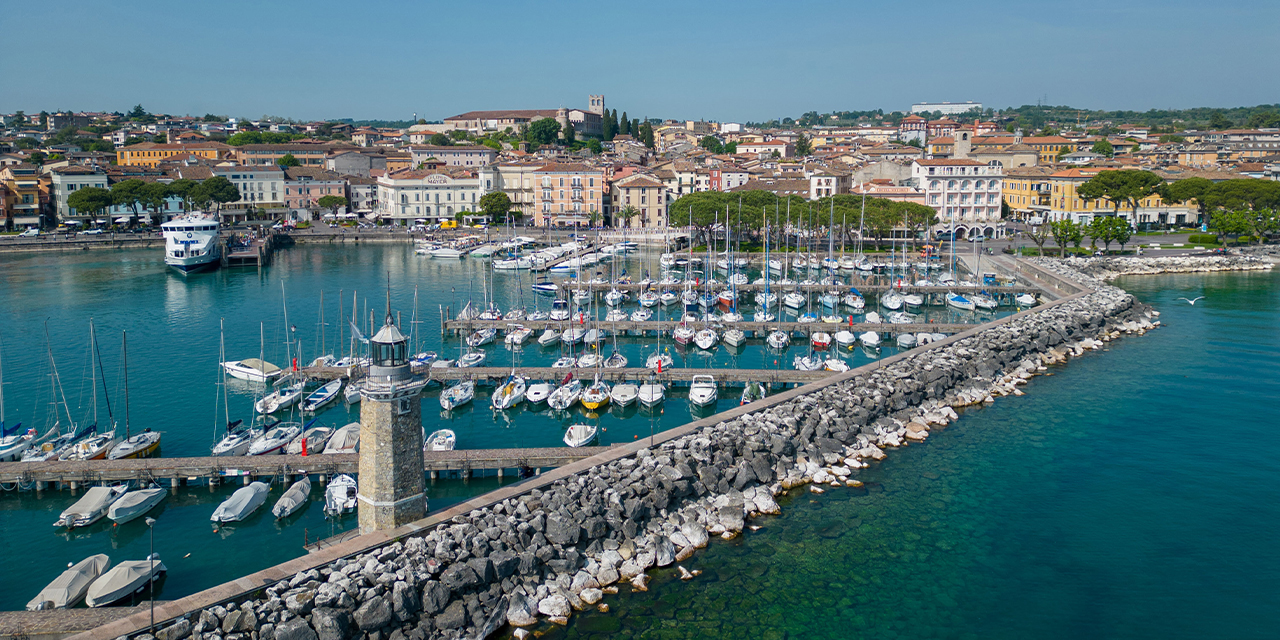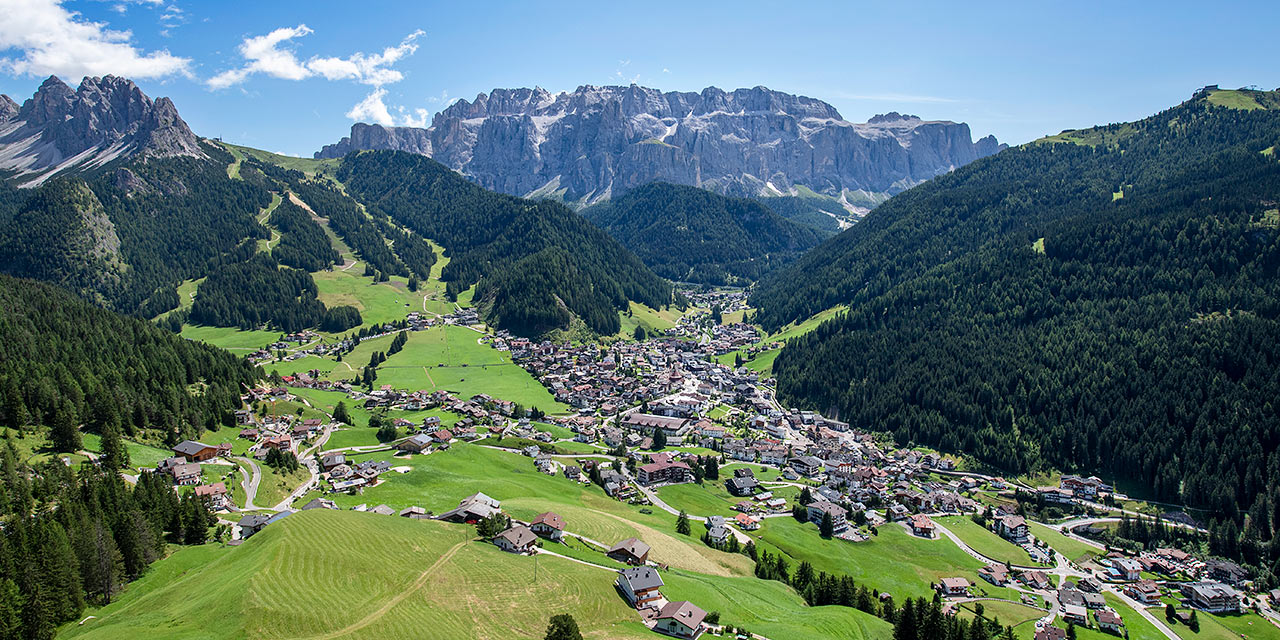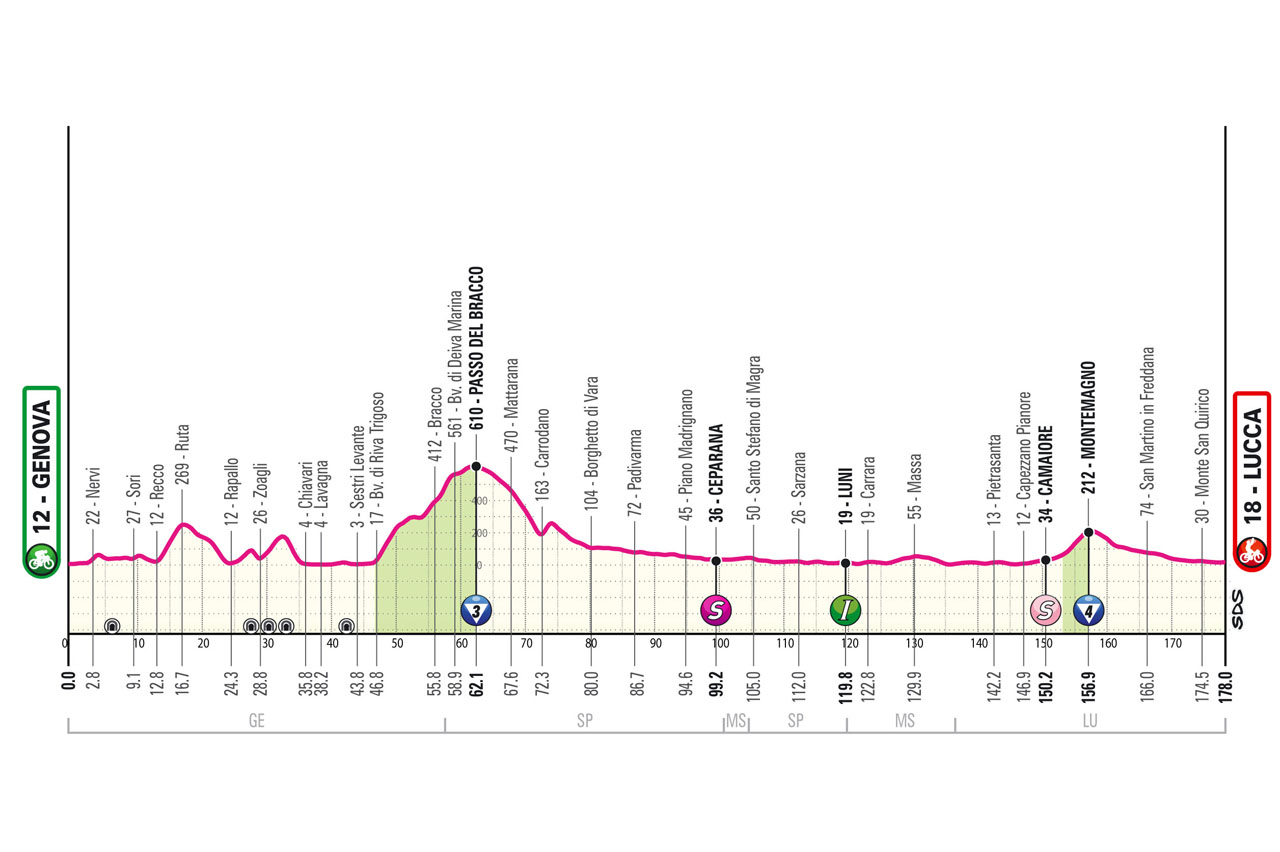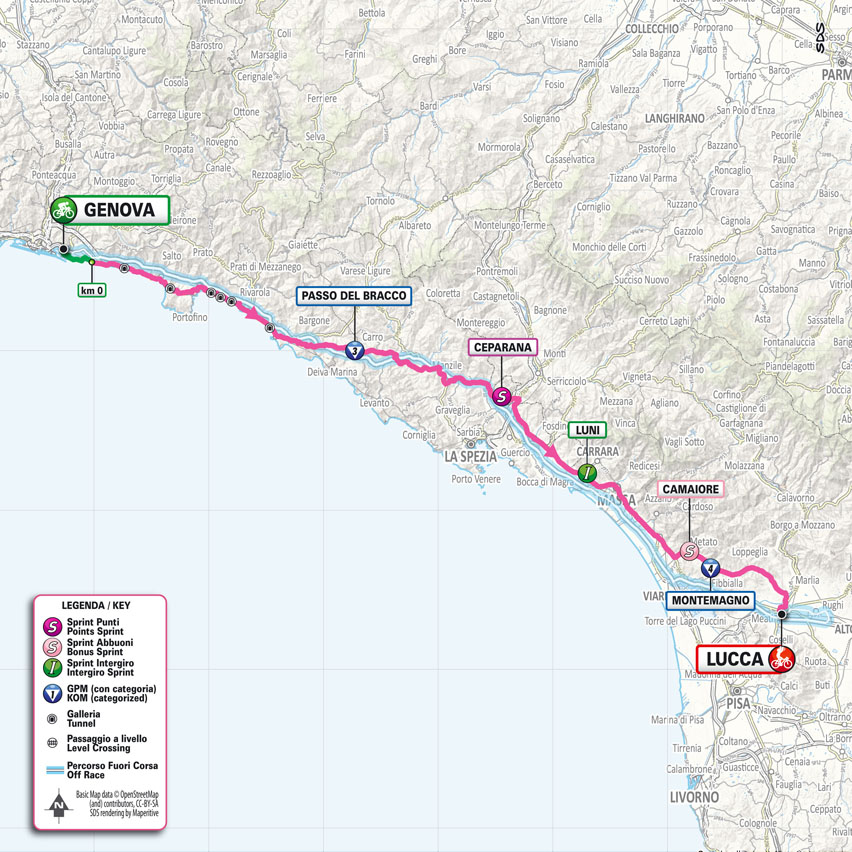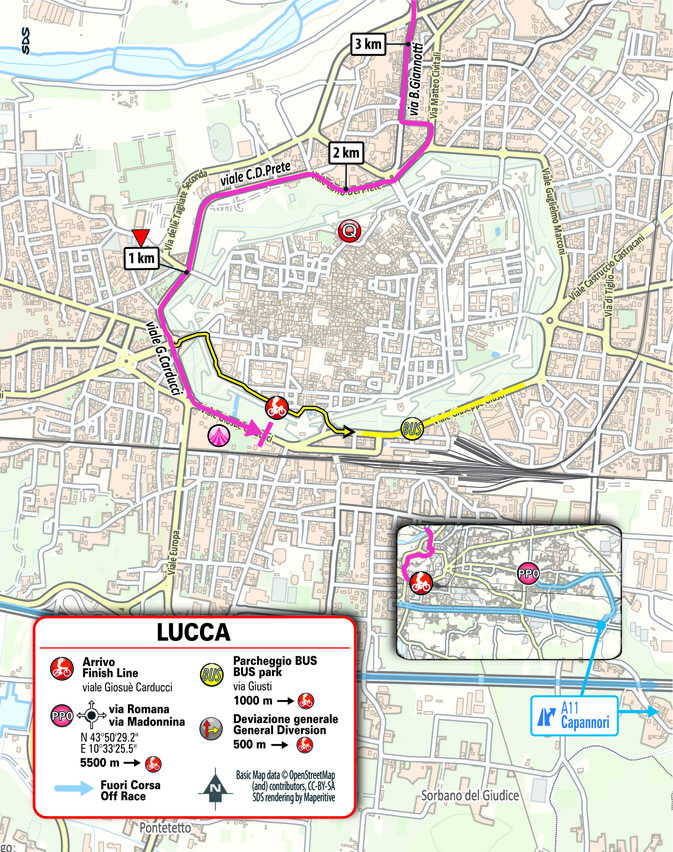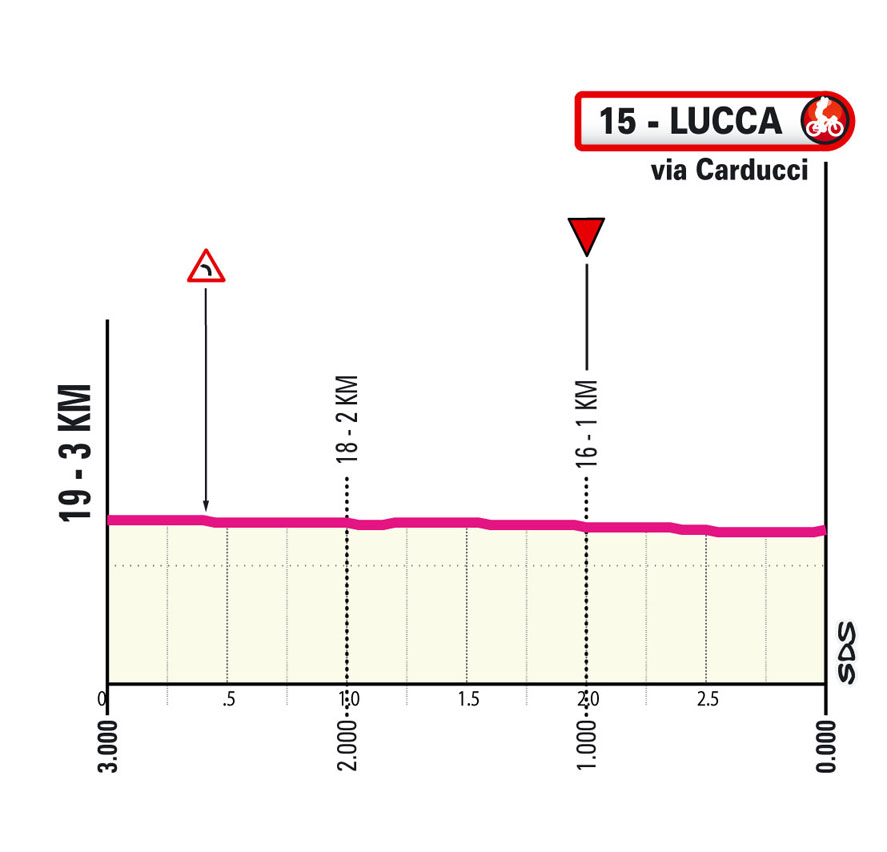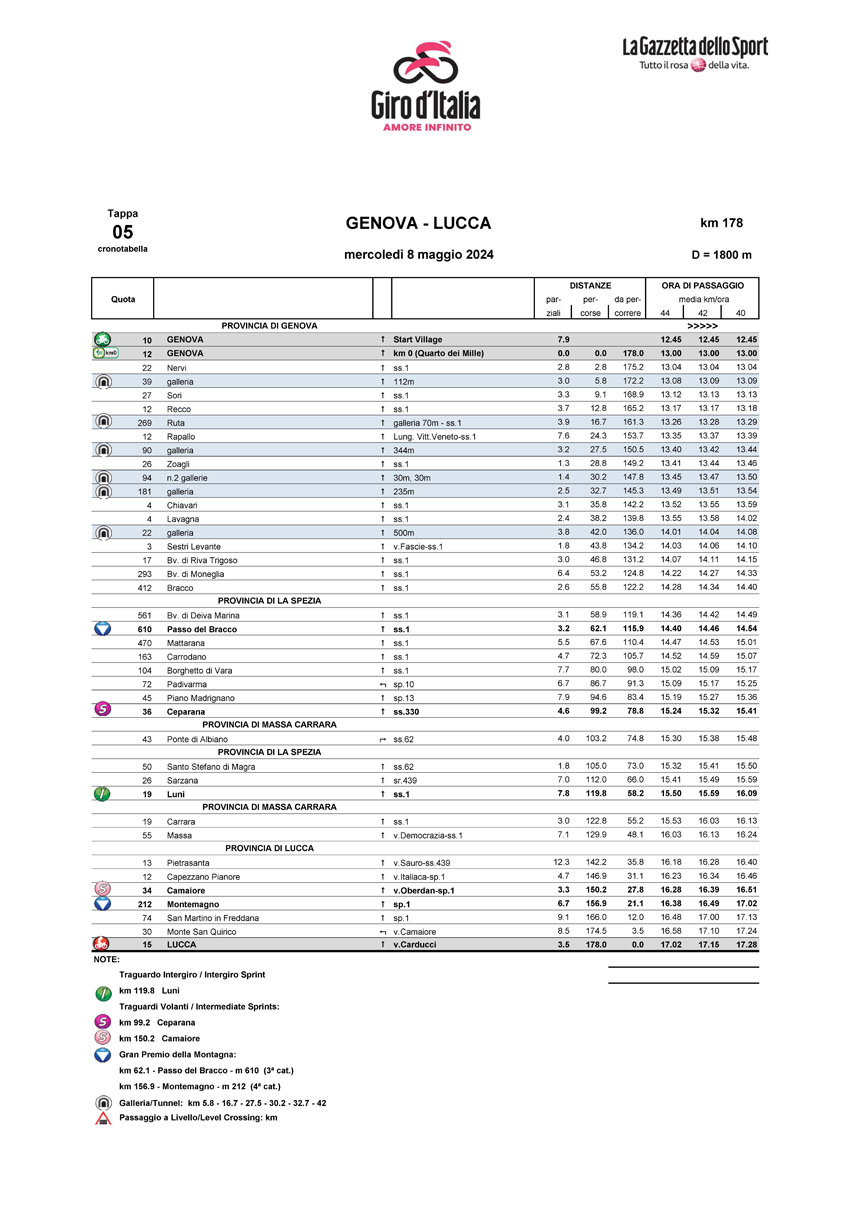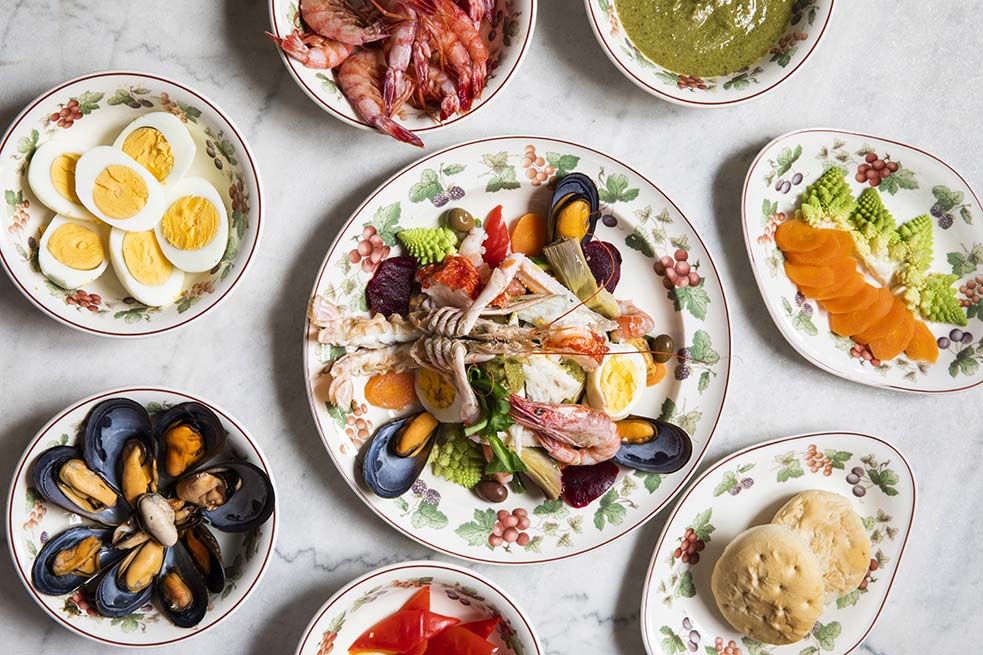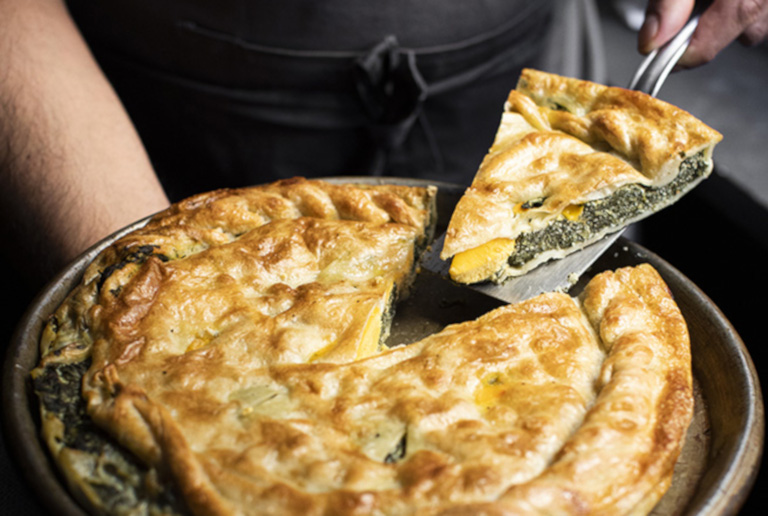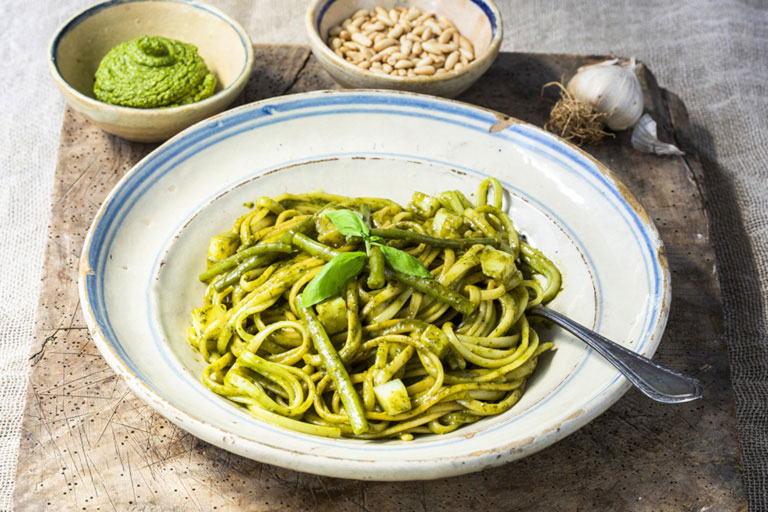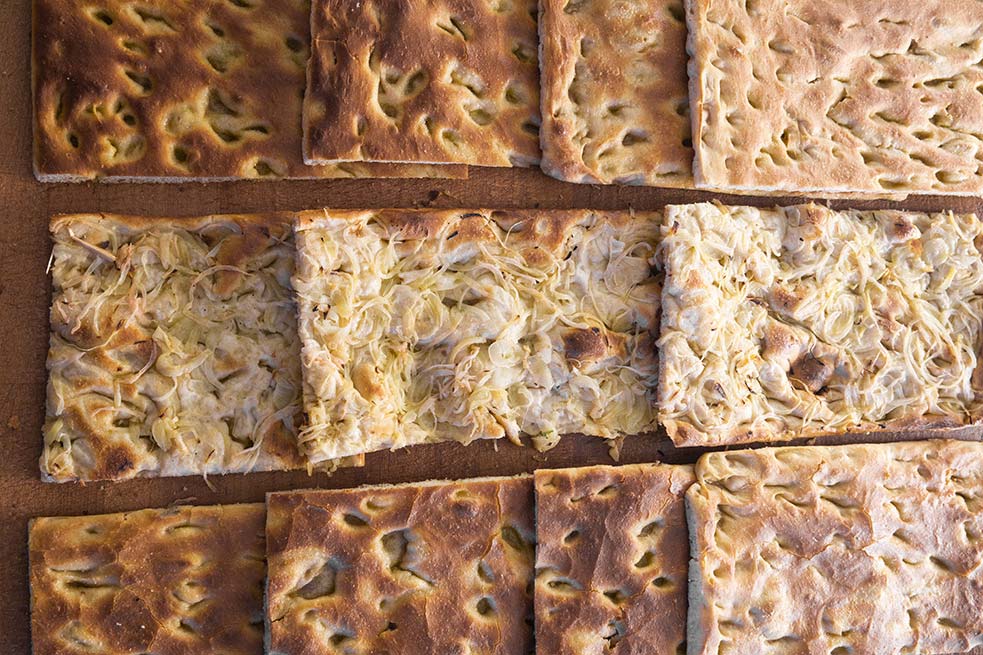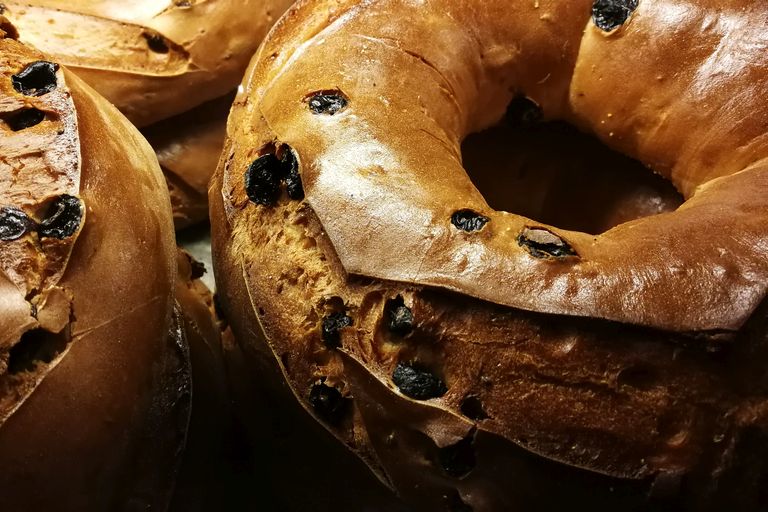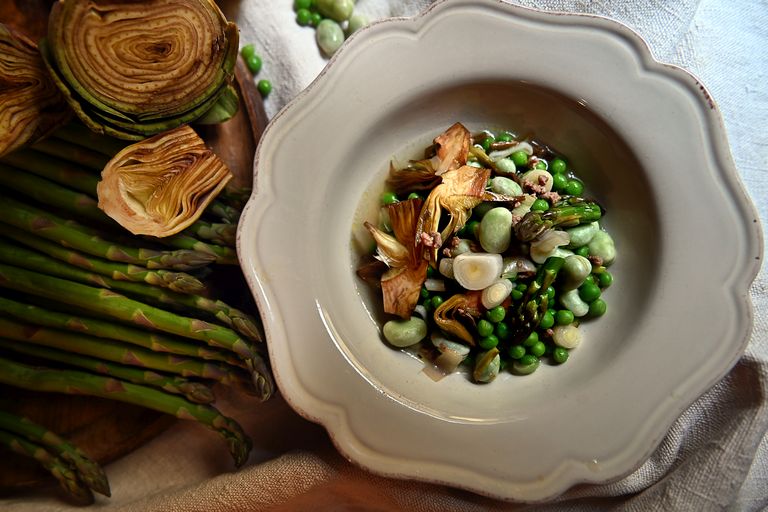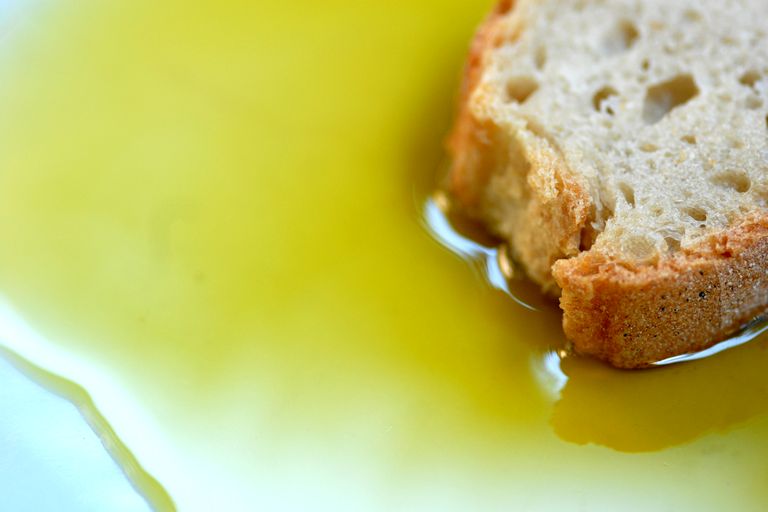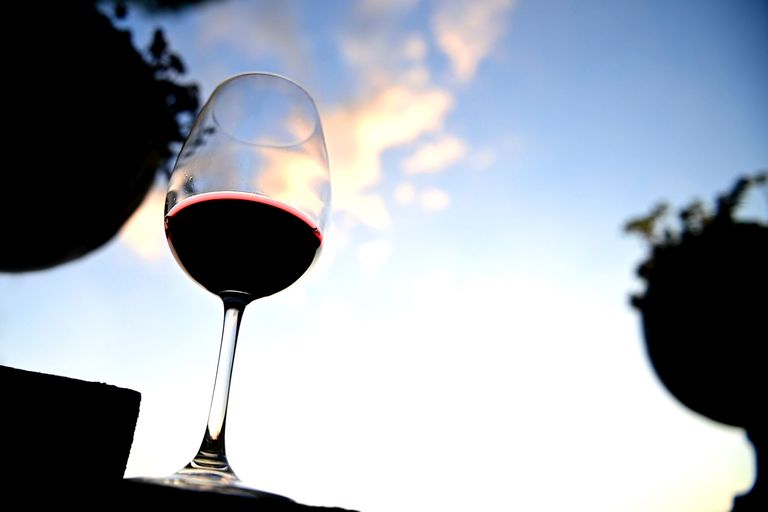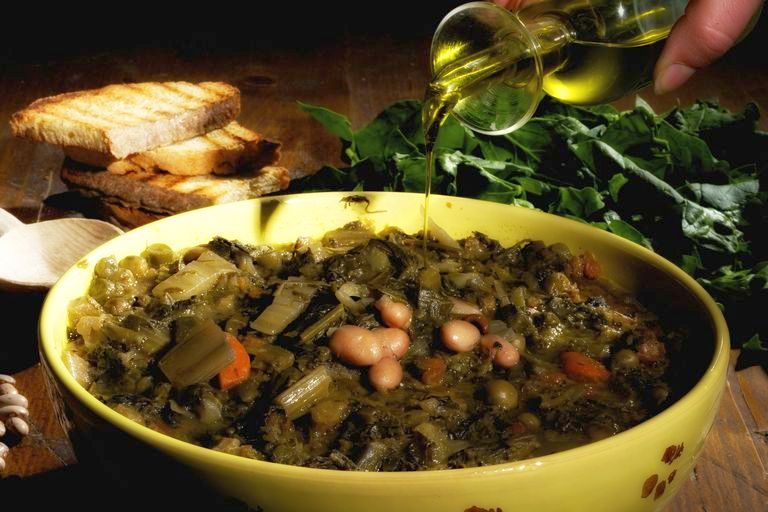profile
map
technical info
The riders leave the city of Genova and travel along the coast on the Aurelia state road in the first 50 km. The stage has just two climbs on the menu. The first is the third category Passo del Bracco which comes after 62km of racing and the second is the fourth category Montemagno climb which the peloton summits just under 20km from the finish line of Lucca.
Last kilometres
The last flat kilometres consist of a series of straights linked by a few wide half-bends. Of note is a single right-angle bend 2.5 km from the finish. Final straight of 350 m on an 8 m wide asphalt road.
start / finish
final kilometres
itinerary timetable
tourist info
Host city:
Genova
Overview
Genoa, a city in Northern Italy and the capital of Liguria, is a unique jewel set between sea and mountains.
The city, well connected to Milan and very close to the Alps, is one of the main ports on the Mediterranean and hides an heritage of beauty to be explored.
The mild climate is perfect for a holiday or a city break to be experienced all year long, among ancient seaside villages, parks, historic buildings of UNESCO heritage, historic shops that preserve the knowledge and the flavours of the past: an authentic cuisine rich of tradition and trekking paths that lead to the discovery of the Genoese fortifications, surrounded by greenery but always with an amazing view over the sea!
Genoa is one of those cities that you don’t expect, that makes those who choose to discover it fall in love and that remains in your heart.
Food
Genoa is a city worth tasting. Its culinary tradition has ancient roots and reveals the character of the territory and the cleverness of its people who have been able to invent genuine, tasty and attractive cuisine, using simple ingredients.
Walking through the historic centre it’s impossible to resist the temptation of a piece of Genoese focaccia, a real delight for the palate, ideal for a snack at any time of the day!
At lunchtime nothing like stopping in one of the ancient sciamadde (the term comes from “flame” and identifies the ancient street chip shop with wood oven), where you can taste delicious specialties such as farinata, made with chickpea flour and baked in a wood oven, stuffed anchovies, frisceu (tasty salty fritters made with batter) and numerous vegetable pies.
At dinner time, there are many restaurants where you can spend the evening and enjoy the specialties of Genoese cuisine, first of all the pesto, the undisputed king of local food, which here has a unique flavour, also thanks to the Genoese D.O.P. (denomination of controlled origin) basil.
And if after tasting it, you will not be able to do without it, there are many opportunities to attend courses and cooking lessons to learn all the secrets to prepare a pesto like a real Genoese!
Typical Genoese cuisine is also rich in fish dishes, such as cappon magro, a scenic and appetizing fish salad; the stockfish is excellent both “accomodato” (stewed with potatoes, olives and pine nuts) and like a salad, called brandacujun. And then the anchovies, prepared in a thousand different ways!
To end on a sweet note, not to be missed the pànera, a typical coffe-flavored parfait and the Genoese pandolce, a typical Christmas dessert that can be found in the pastry shops all year round!
Wines and Beverage
Liguria is a strip of land between the sea and the mountains, with terraces overlooking the sea, perched on the slopes: wine-growing in this area deserves the nickname of “heroic” for the passion and tenacity that requires. Wines are the expression of the area. The most representative wines, Vermentino and Pigato, cannot be missed on the table.
The first one has an intense colour and a delicately soft aroma, an excellent matching with vegetable and fish. Pigato, that blends with first courses, is more strong flavour and fruity. Vermentino is produced throughout Liguria with different emphasys and nuances due to the different soil, while Pigato is mainly produced in the Riviera di Ponente, in Finale, Albenga and in Riviera dei Fiori. For a few years, some winery companies have restart to produce white wines also in the Genoese valleys.
Points of Interest
Genoa is a city to discover which offers many ideas for visits and itineraries between art, culture, traditions, sea and nature. Here is a “top ten” of the places not to be missed for those who visit the city!
Historic centre
The historic centre of Genoa is a maze of narrow alleys, the caruggi, where it is amazing to get lost with the nose up, among ancient palaces, romanesque and baroque churches, art galleries, charming squares and artisan shops that still preserve the jobs of the past.
To enjoy a 360° view of the historic centre do not miss the liberty lift that leads from the city centre to Spianata Casteletto, a wonderful panoramic terrace where the gaze can space among slate roofs, terraces, towers, domes of the churches until plunging into the blue of the sea.
I Palazzi dei Rolli
In 1576 the Senate of the Republic of Genoa created the lists, the “Rolli degli alloggiamenti pubblici” which include the most prestigious noble palaces of the city. Since it wasn’t possible to host state visits at Palazzo Ducale, both for political and logistical reasons, the owners of the palaces included in the lists were obliged to host state visits in rotation and take charge of all representatives’expenses
The model of public hospitality created in Genoa is unique: thanks to its international guests, such as the famous flemish painter Peter Paul Rubens, who celebrated these palaces in his successful book, published in Antwerp, Genoa became famous all over Europe for the quality of its architectures and for its refined and high level lifestyle. In 2006, the 42 Rolli palaces were included in the UNESCO listings.
Twice a year Genoa celebrates its Palazzi dei Rolli with the Rolli Days, a weekend where some of the 42 palaces open their doors to the public
Museums
Genoa offers a rich and wide-ranging variety of museums, as well as a cultural heritage of the highest quality. Archaeological finds, naturalistic models, extraordinary historical documents and art masterpieces evoke glorious eras and famous historical figures – Colombo, Rubens, Van Dyck, Paganini – which link the events of the modern and contemporary eras.
In Via Garibaldi, you can find the Strada Nuova Museums. All united in a single itinerary, they are part of the historic centre, a UNESCO heritage site: Palazzo Bianco, Palazzo Rosso (currently closed for restaurarion works) and Palazzo Tursi. The grandeur and refinement of the Genoese Baroque residences is also reflected in the Royal Palace Museum (Museo di Palazzo Reale) and the National Gallery of Palazzo Spinola di Pellicceria, where one can admire rich painting collections with portraits of the Genoese aristocracy made by Rubens and Van Dyck among period furniture, silverware, furnishings and tapestries.
Not to be missed a visit to Castello d’Albertis, museum of the culture of the world, which keeps rich etnographic collections in a suggestive neo-gothic castle with a wonderful view on the city; at Galata Sea Museum, the greatest and most innovative maritime museum of the Mediterranean, visitors can discover the deep relation between Genoa and the sea, through interactive settings and reconstructions.
Historic shops
One of the most charming surprises of the historic centre are the historic shops: these are shops and artisans workshops that have been active for at least seventy years. which include pastry shops, clothing shops, butchers, antique shops, grocery stores, trattorias, chocolate shops, wine shops, pharmacies, stationers and much more. Inside these boutiques you can admire frescoed ceilings, stuccoes, shelvings, adorned counters, antique machinery and work tools, and surprising architectural elements.
Parks and Villas
An unexpected Genoa awaits those who decide to leave the coast to venture into the green, among villas and gardens. One of the recommended stops in the western part of the city is Pegli, which can be easily reached by train or by the Navebus service, a boat that operates a regular service from the Porto Antico. In this village you can find the Villa Durazzo Pallavicini: the villa houses the Museum of Ligurian Archaeology. Surrounding it is a perfect example of a romantic garden designed as a theatrical scenic route, with a spectacular avenue of camellias, especially during the flowering period between February and April. Even further west, the beautiful park of Villa Duchessa di Galliera is an equally remarkable location to visit.
On the opposite side, towards the East, you will find Nervi with its villas immersed in parks, among Mediterranean and exotic essences. Here you can admire the Modern Art Gallery in Villa Saluzzo Serra, with 19th and 20th century works, part of art collections donated by the Frugone brothers and kept at Villa Grimaldi Fassio, and the Wolfsoniana, a gallery dedicated to 20th century decorative arts, from Art Nouveau to Deco, from the 20th century to Rationalism.
Villages on the sea
The ancient fishing village of Boccadasse is located not far to the city centre. Here the time seems to have stopped, among the pastel-colored houses and the fishermen boats on the beach.
Moving to the East, you’ll find Nervi, fishing village with its suggestive Anita Garibaldi Promenade, dug into the rocks, that offers breathtaking views among the deep blue of the sea and the bright green of the historic parks.
Acquario di Genova
27.000 square meters, 70 tanks and over 12.000 animals belonging to 600 different species: the Aquarium of Genoa is the largest exhibition of aquatic biodiversity in Europe.
It’s a journey to discover underwater life, among dolphins and sharks, penguins and manatees, jellyfish and seals, tropical fish and Antarctic animals, which will surprise both adults and kids
The Lighthouse
The Lighthouse is the symbol of the city; with itsi 77 meters high, it is the highest lighthouse in the Mediterranean and second in Europe. Inside the monument, you can find the Museum of the Lighthouse, where you can learn the history of this monument. Then, there are 172 steps to climb to get to the first terrace and enjoy a breathtaking view of the city.
Porto Antico
Redesigned by Renzo Piano in 1992 the Porto Antico, the ancient portual area of the city, is nowadays a beautiful square on the sea both for Genoese and tourists.
The area offers many entertaining and leisure occasions, from cinema to restaurants, from ice skating ring to a pleasant aperitif overlooking the sea
Inside the area, in addition to the Aquarium, visitors can find the Bigo, the panoramic lift, whose shape and name recall to the ancient manual loading cranes and the Biosphere, a scenographic sphere of glass and steel, where you can learn about the plant and animal life in tropical forests
The forts and the Parco Urbano delle Mura (Park of the City Walls)
For trekking lovers, Genoa offers many different hikes to discover the ancient genoese fortifications, built between the Eighteenth and the Nineteenth centuries and the Parco Urbano delle Mura, a protected natural area which from 2008 protects 617 hectares of hills between the Bisagno and Polcevera valleys, the two main valleys of Genoa.
Lucca
Overview
Provincial capital of Tuscany, Lucca is a city steeped in ancient history, but also a lively cultural centre full of important events. Famous for its perfectly preserved 16th century city walls, it is characterised by its numerous precious monuments dating back to a past when Lucca was one of the most important cities of the Italian Middle Ages.
Local Cusine
The territory of Lucca offers a wide variety of culinary excellences. On the table, two cornerstones of traditional cuisine are the zuppa frantoiana, a soup made with vegetables and aromatic herbs combined with a puree of beans and laid bread, to be seasoned strictly with extra virgin olive oil fresh from the mill. Another typical dish par excellence, served on the tables of restaurants and families on feast days, are the tordelli lucchesi (spelled with a “d” instead of the usual “t”), pasta stuffed with meat and seasoned with beef and pork ragout. Then, springtime means Garmugia, a soup of noble origins with seasonal vegetables and ground meat. Also not to be missed is spelt soup, very creamy, prepared with different types of beans. Among the Slow Food presidia are red beans.
Main courses include rovellina (beef repassed in tomato and caper sauce), fried poultry and vegetable stews, simple but tasty, accompanied by the fragrant DOC wines of the Lucchesi Hills and Montecarlo.
Other specialities include buccellato, a simple, bread-like cake, rich in sultanas and aniseed, and torta co’ becchi, a shortcrust pastry base filled with chard, pine nuts, sultanas, stale bread and spices, which is also available in a chocolate version. Typical liqueurs to pleasantly end a meal are biadina and china Massagli, with a slightly bitter herbal taste.
Points of Interest
One cannot say to have seen Lucca without a tour of the Walls, 4.2 kilometres long and 12 metres high, which offer a spectacular and ever-changing view of the monuments, churches and palaces of the city embraced by their mighty ramparts.
Another unmistakable symbol of the city is the Guinigi Tower, with its garden of holm oaks on top of the building. To reach the terrace of the elegant tower, built by the noble Guinigi family, 230 steps must be climbed.
In the heart of the historic centre, a stop at the splendid Piazza Anfiteatro is an absolute must. It has a unique elliptical shape and was built on the remains of the Roman amphitheatre. One of Lucca’s most iconic sights, the square is surrounded by restaurants and shops.
Lucca, a jewel of art and culture and for centuries a city-state, is at the crossroads of historical pilgrimage routes, above all the Via Francigena due to the presence of the very ancient Volto Santo, the oldest wooden statue in the West, kept in the cathedral of San Martino and celebrated in September with the so-called Luminara, a long and highly attended procession through the streets of the old town lit by thousands of small candles.
The centre of the city – whose history can be learned in the museum of Villa Guinigi and in the Palazzo Ducale, inhabited by Napoleon’s sister, Elisa Bonaparte – is Piazza San Michele, the ancient Roman Forum characterised by its stupendous church on whose façade stands the large marble statue of the archangel Michael.
Lucca is the city of music, from Luigi Boccherini and Alfredo Catalani to its most famous and illustrious citizen, the great opera composer Giacomo Puccini, whose birthplace is in Corte San Lorenzo, now the Puccini Museum, which, filled with the scores and costumes of the Maestro’s operas, is one of the most visited places in the city. Let’s not forget Palazzo Mansi, a national museum where visitors can relive the splendour of Lucca, and Palazzo Pfanner with its marvellous Baroque garden, the set of many international films.
Among the most characteristic streets is Via dei Fossi. Its moat was built in 1376 to defend the city and the water was later used to run numerous craft workshops. Walking along Via dei Fossi allows visitors to breathe in the popular and industrious spirit of Lucca and to explore some of its most interesting spots, from the 16th-century Villa Bottini-Buonvisi to Porta San Gervasio, one of the two gates of the medieval walls that still exist, to the delightful 19th-century Botanical Garden that houses some centuries-old trees.

